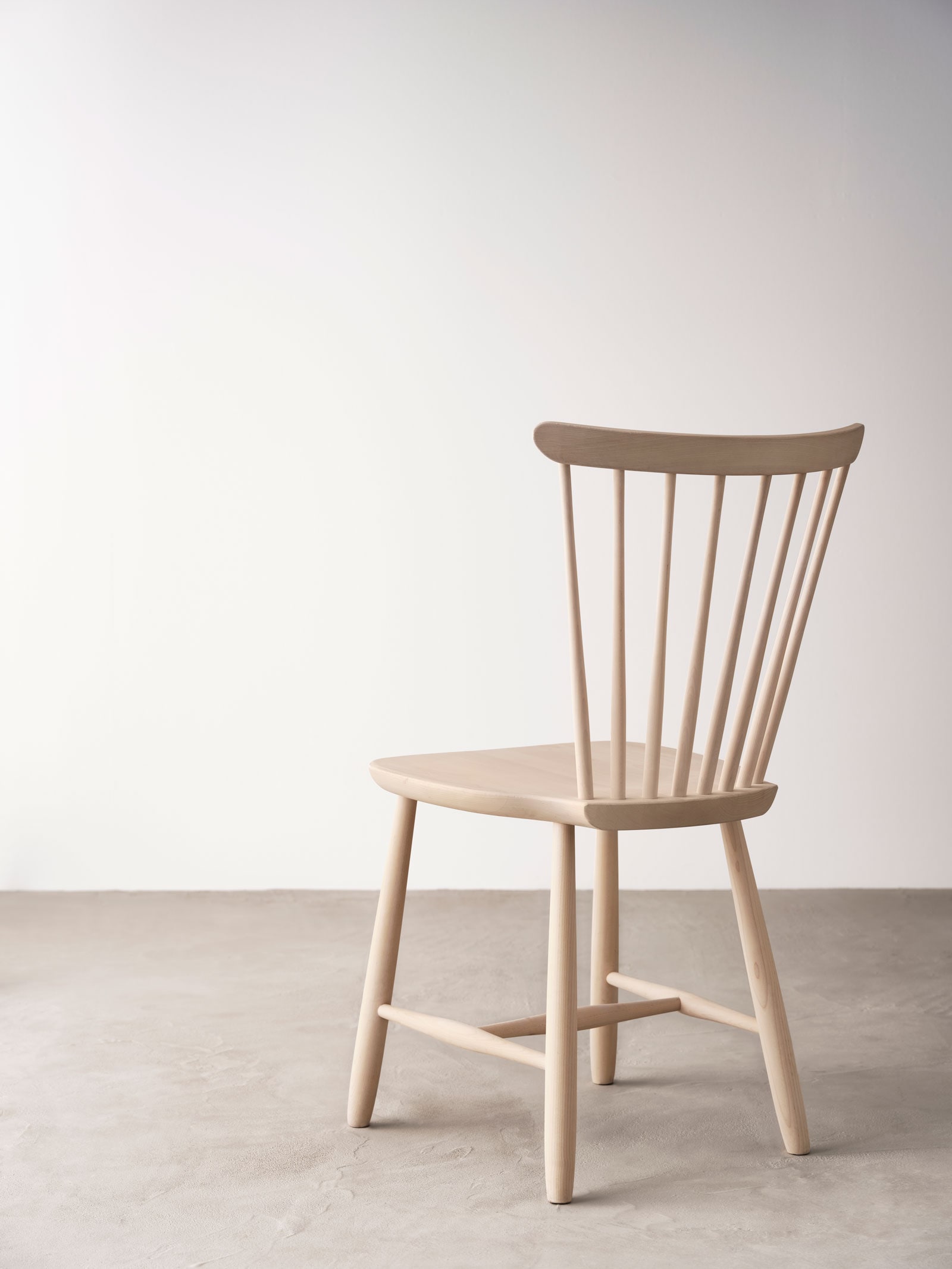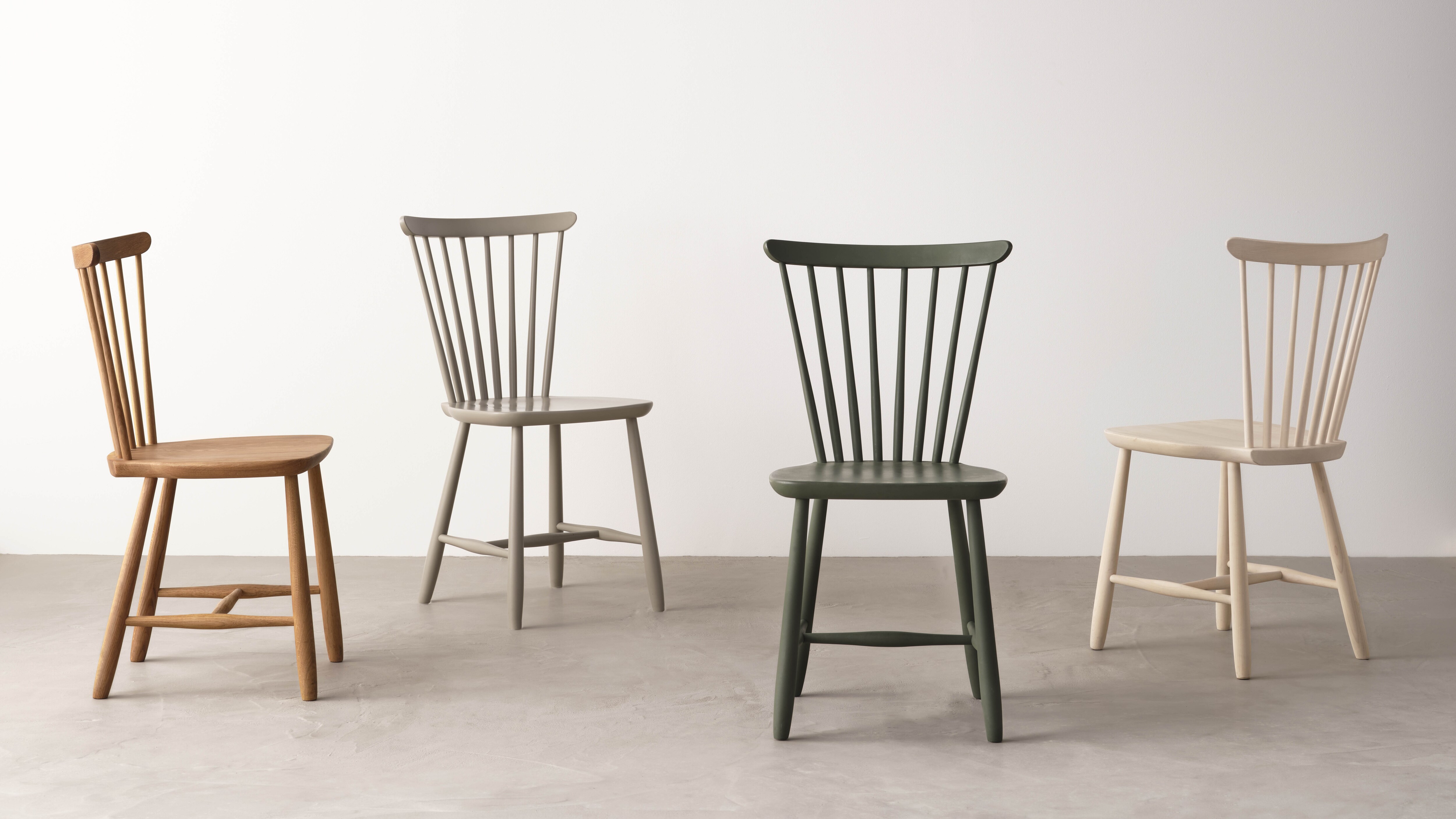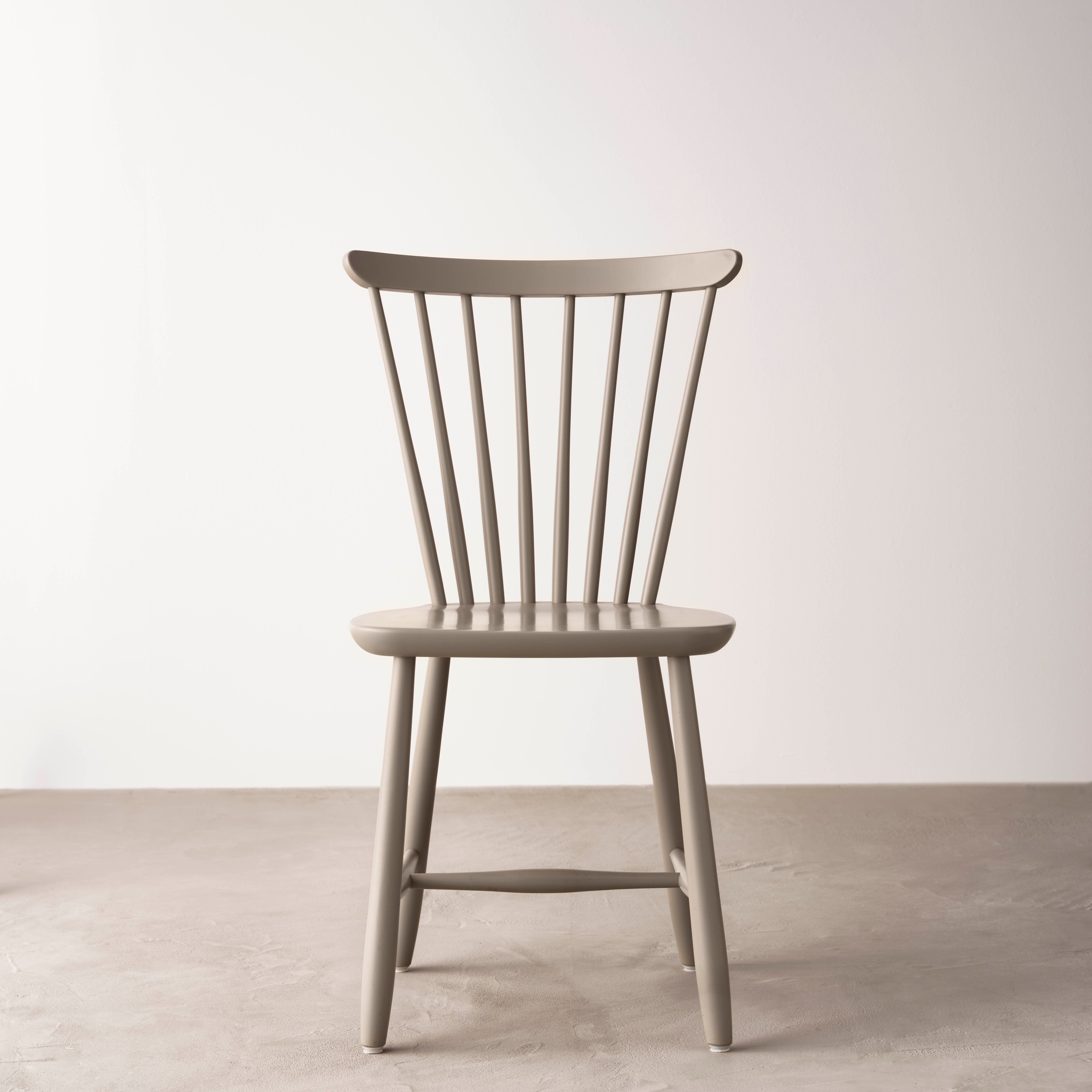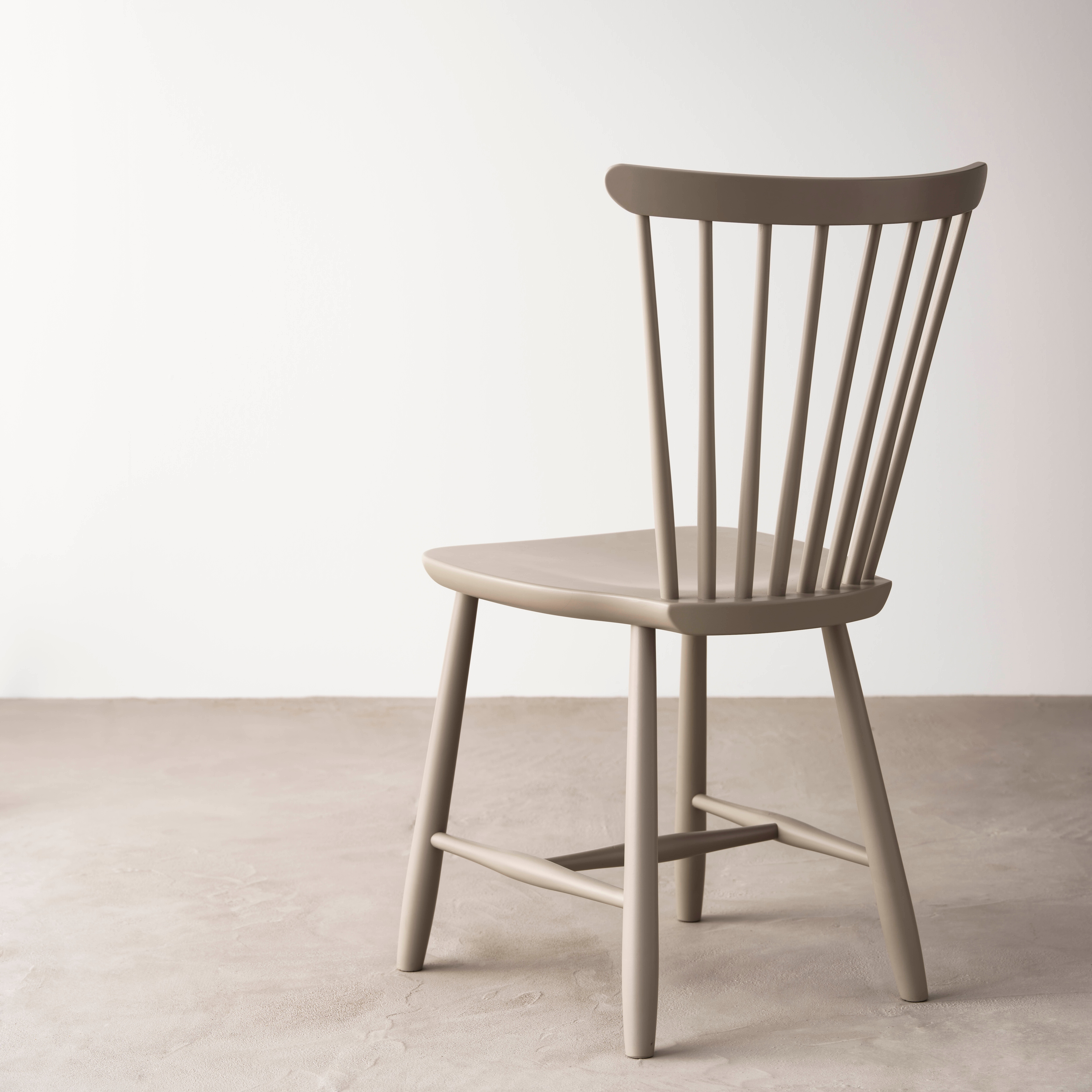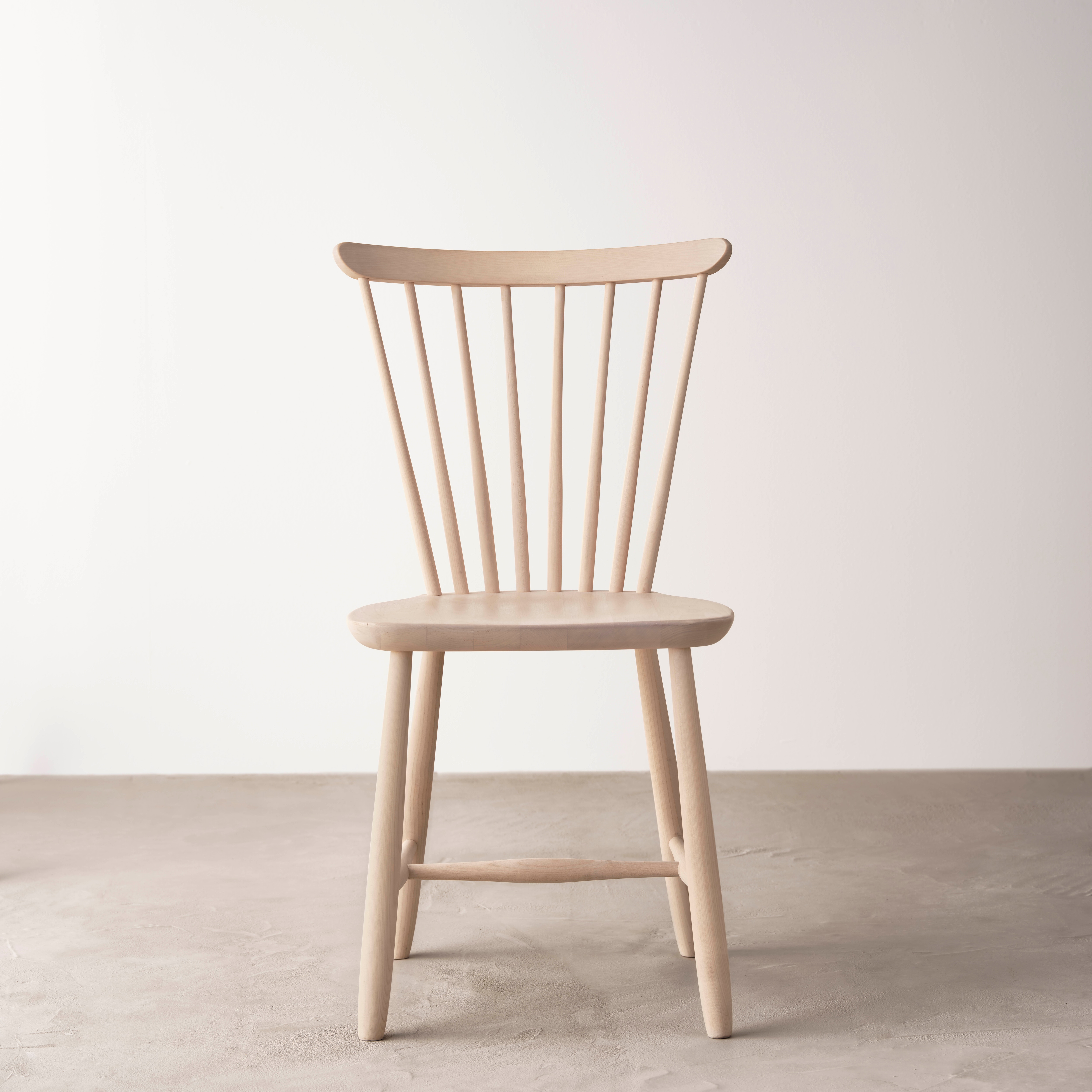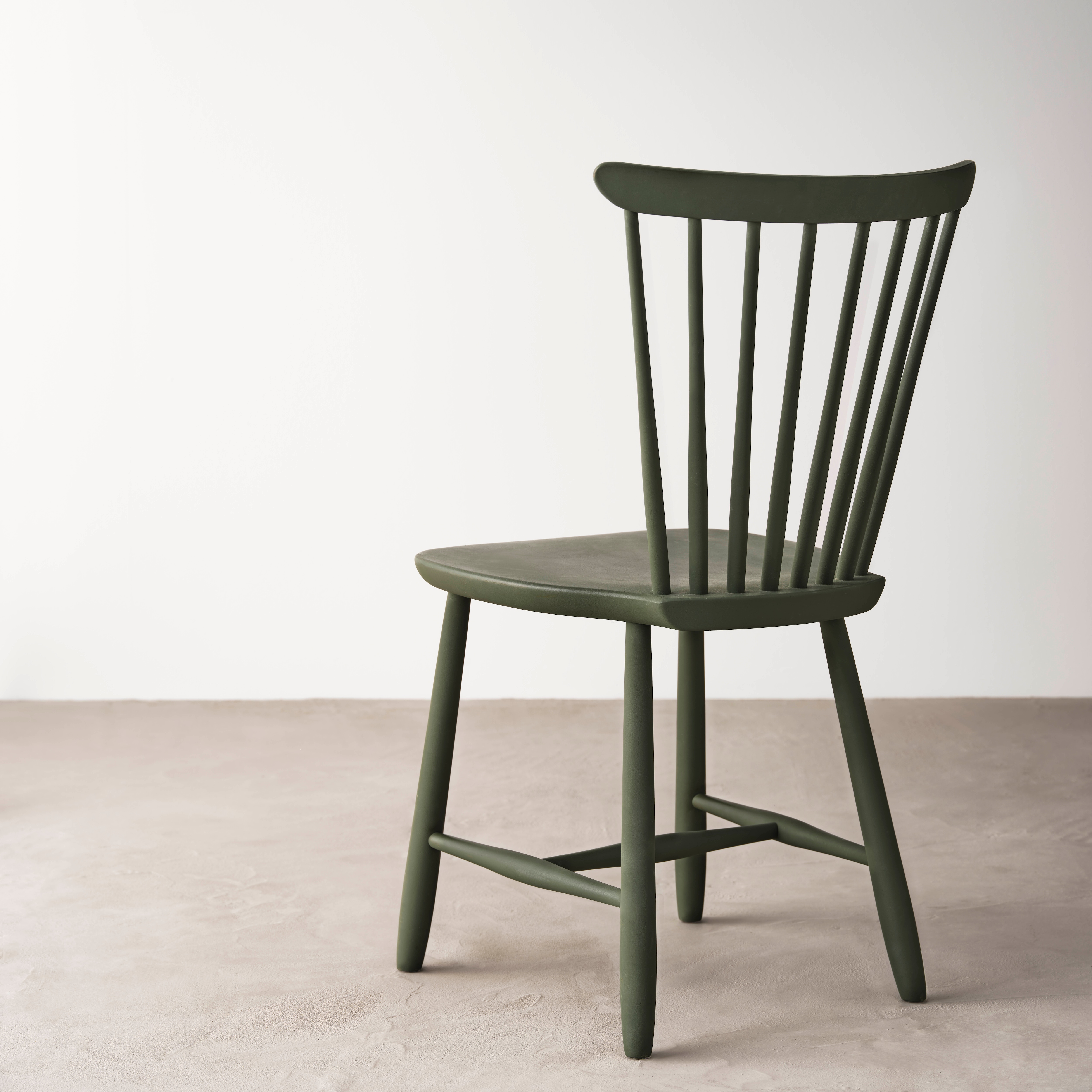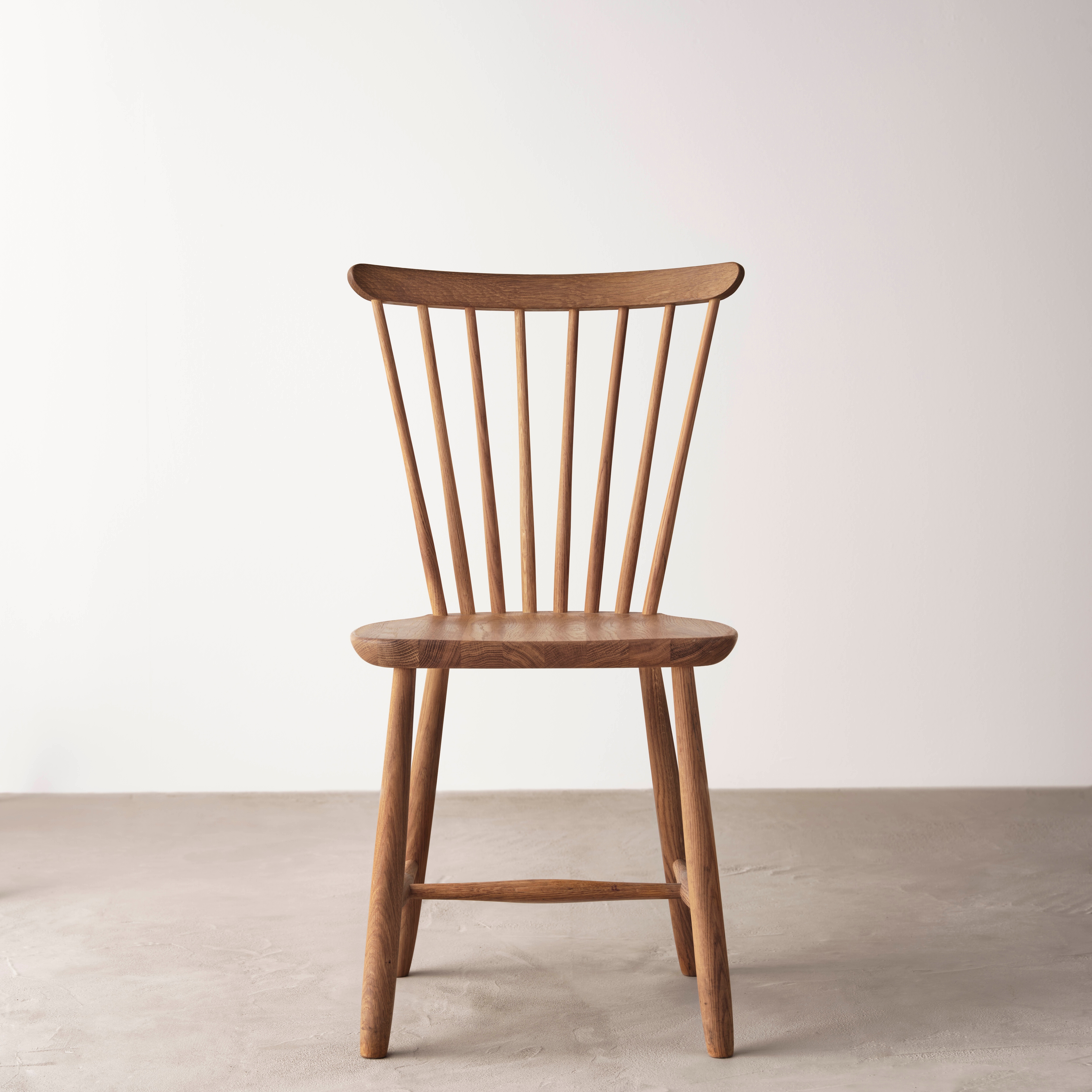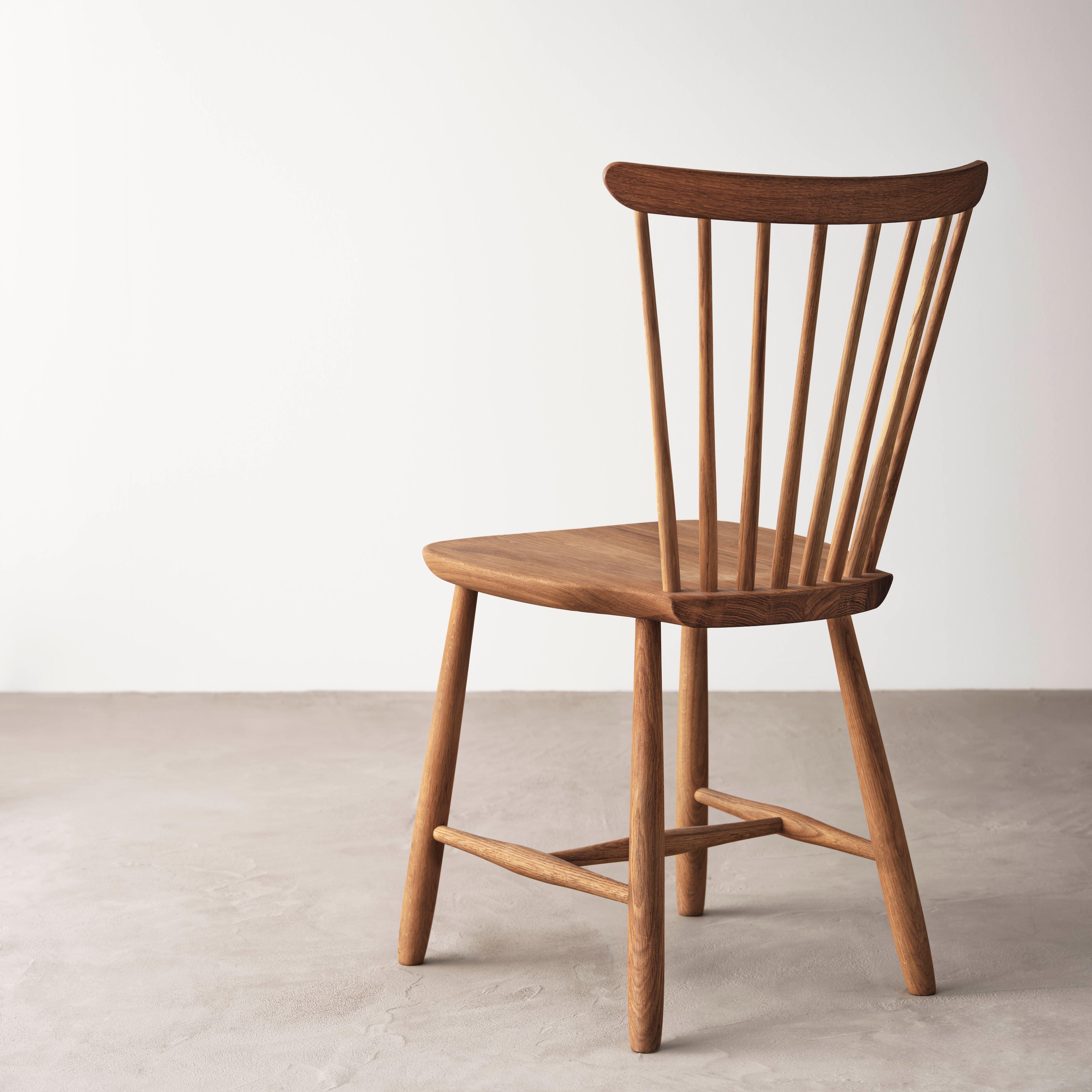Nirvan Richter, february 2013
The History of the Pinn Chair
On a summer day in 1939, Carl Malmsten visited Finström's old church on Åland with a group of students. In the sacristy, they saw a series of different spindle chairs. The event is described by Gunilla Kindstrand in "Furniture People" (2009). One of the students is assigned the task of measuring and sketching one of the chairs and adapting it for mass production. The result is very successful, and the master, Malmsten, is almost satisfied. He makes some minor adjustments to the student's sketch and then begins mass-producing it. Little Åland immediately becomes a success. In the 1940s, the relationship between master and student was tightly regulated, and for most, it was obvious that Malmsten would have the rights to his apprentice's work.
I became interested in the story in the fall of 2010 when Malmsten's Foundation noted that Norrgavels Pinn chair was too similar to Lilla Åland. From my work as the curator for the centennial exhibition for Carl Malmsten in 1988 at the Nordic Museum, I recalled rumors surrounding the creation of Lilla Åland. I called up Olle Pira, former director of Carl Malmsten's workshop school, who told me that the student, Sven-Erik Fryklund (architect, 1921-2003), had become disappointed and angry with Carl Malmsten for taking credit for Lilla Åland. This marked the end of their collaboration, and Fryklund created his own spindle chair, named Haga after the Hagafors chair factory.
In 1978, KF (Kooperativa Förbundet) together with Svensk Form (Swedish Society of Crafts and Design) began developing BAS furniture, characterized by good function and timeless design for a simpler, freer, and more solidarity-oriented lifestyle. Monica Boman writes in the magazine Form issue no. 5/1978: "The Pinn chair belongs to the Swedish arch-chairs and is obvious as one of the chairs in a basic program." KF has again brought out Sven-Erik Fryklund's old chair, Haga... Ami Lindkvist, assortment planner at KF Interiör since 1981, explains that KF sold Lilla Åland and the Pinn Chair BAS (Haga) in parallel. In the early 1980s, the production was taken over by Wigells Chair Factory. Uno Wigell, CEO from 1975 to 2002, explains that Haga underwent minor changes over the years, such as the number of back spindles and the contour of the seat. It was Carl Johan Wigell who started mass-producing the prototype for Swedish pinn chairs in 1868.
From the farm auctions in Dalarna, I recall countless variations of the Wigells-type chair with deeply contoured seats and an abundance of "folk art turning." I myself have harbored a dream for years of creating the Perfect Pinn Chair. I grew up with spindle chairs. From the everyday meals of the 1950s-60s, I have vivid bodily memories of slender black-lacquered versions of the chairs - they were wonderfully light but at the cost of not being durable; my father often had to glue together a mishmash of back spindles (uniformly thick round bars) and legs in the thin seat. One sat okay, but no more... sliding forward on the seat. Later, four pinn chairs in birch of approximately the same size and volume were purchased, but more rustic - sturdy and solidly crafted, yet genderlessly stiff and with a wooden taste that prompted them to be quickly supplemented with thick cushions. When I moved away from home, I invested in four Lilla Åland chairs, one of my favorite icons. But my dream persisted... I found Lilla Åland, despite its name, to be too large and reclined; contributing to the fact that I sometimes had to replace the outermost back spindle that had broken off.
